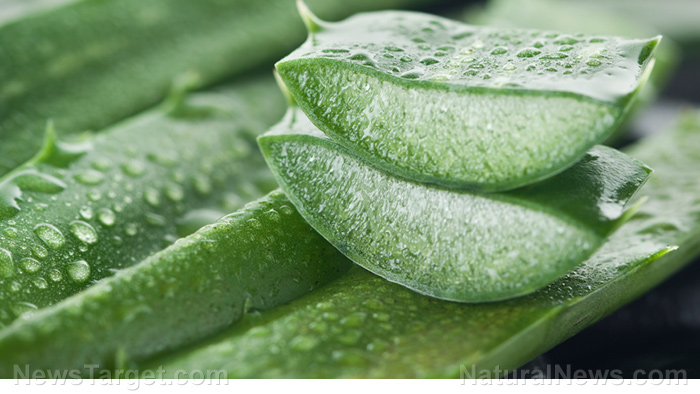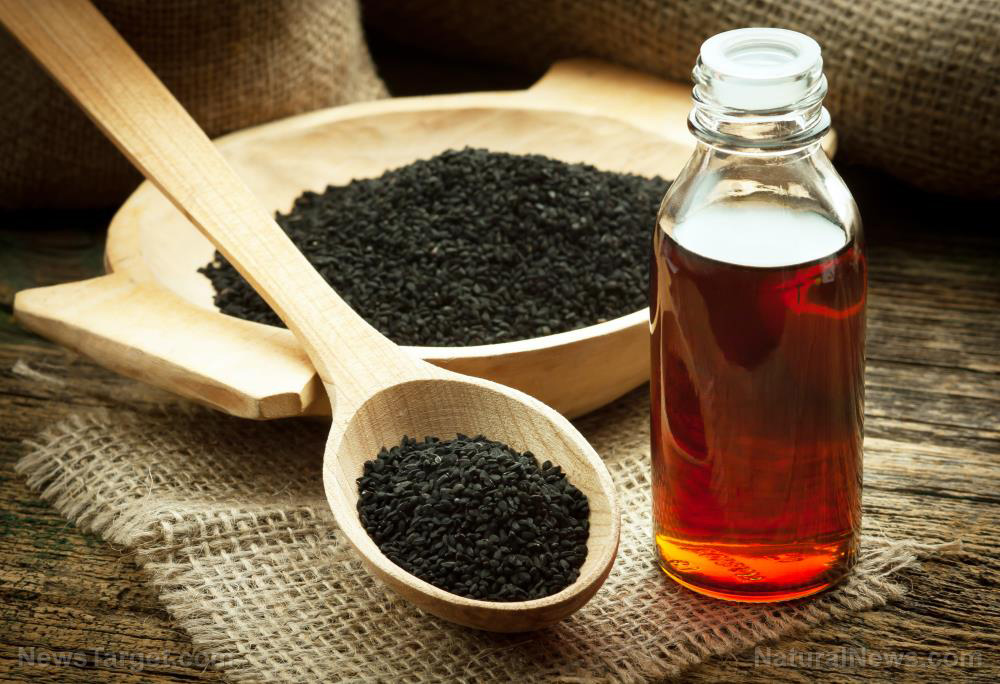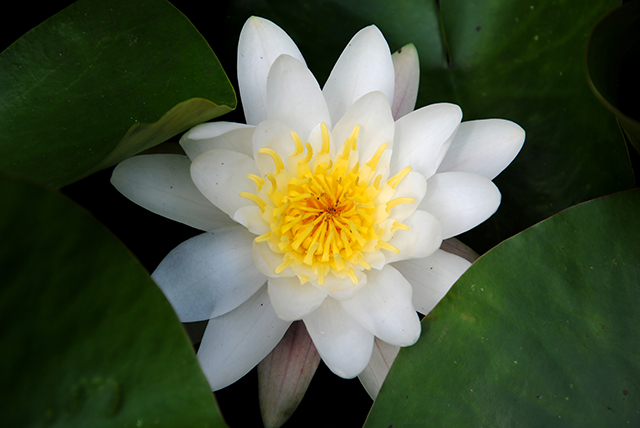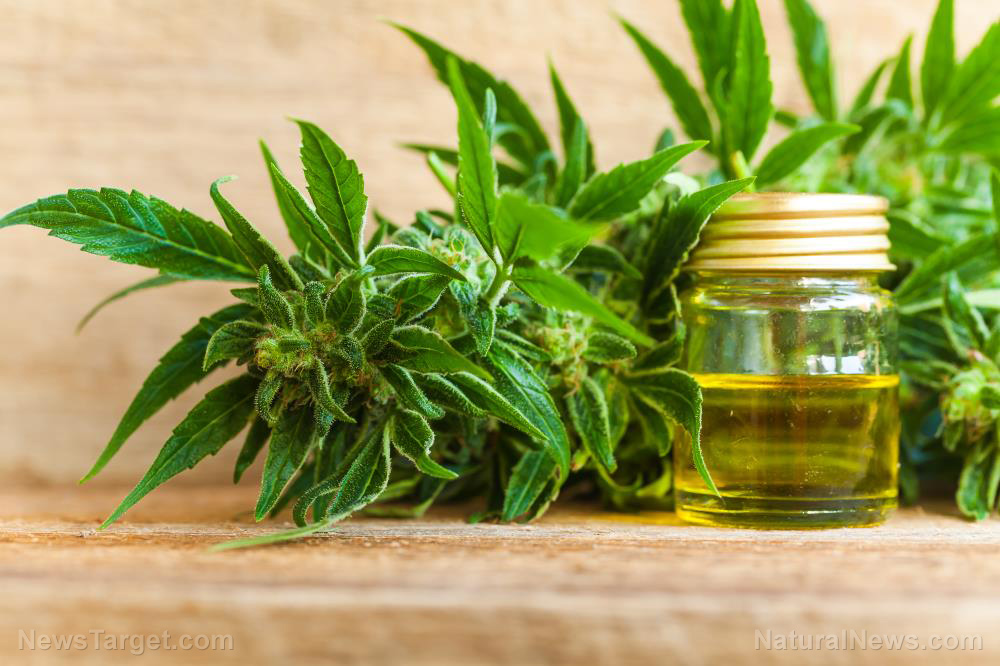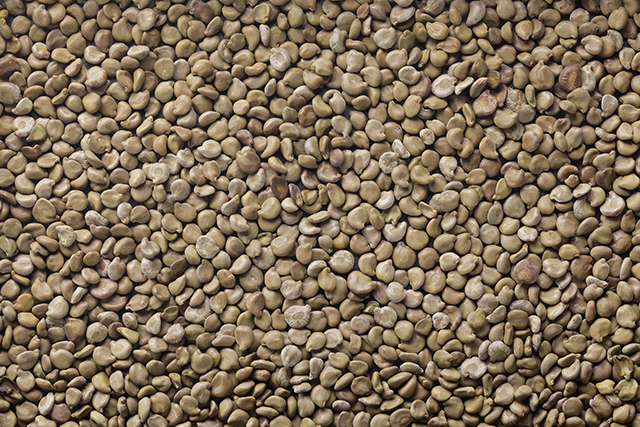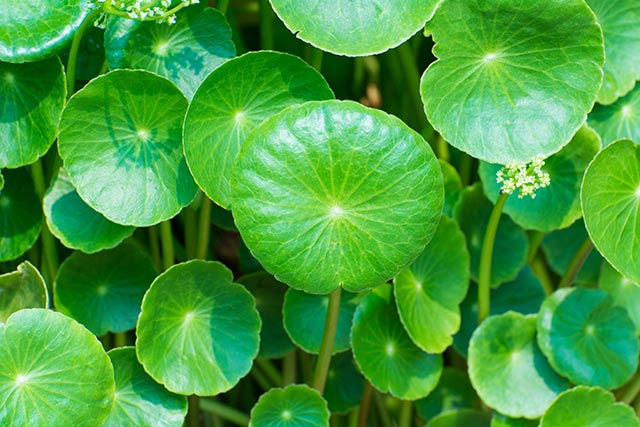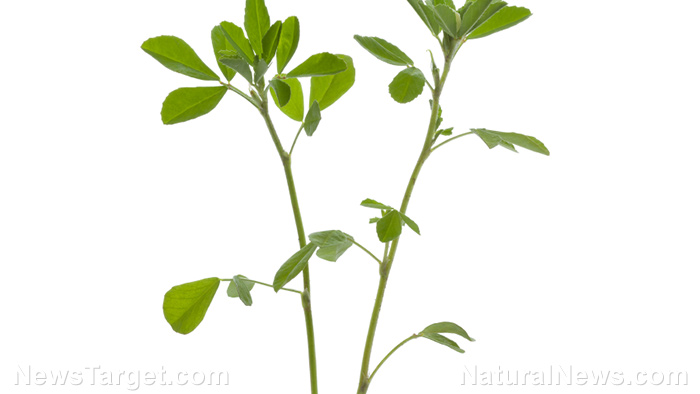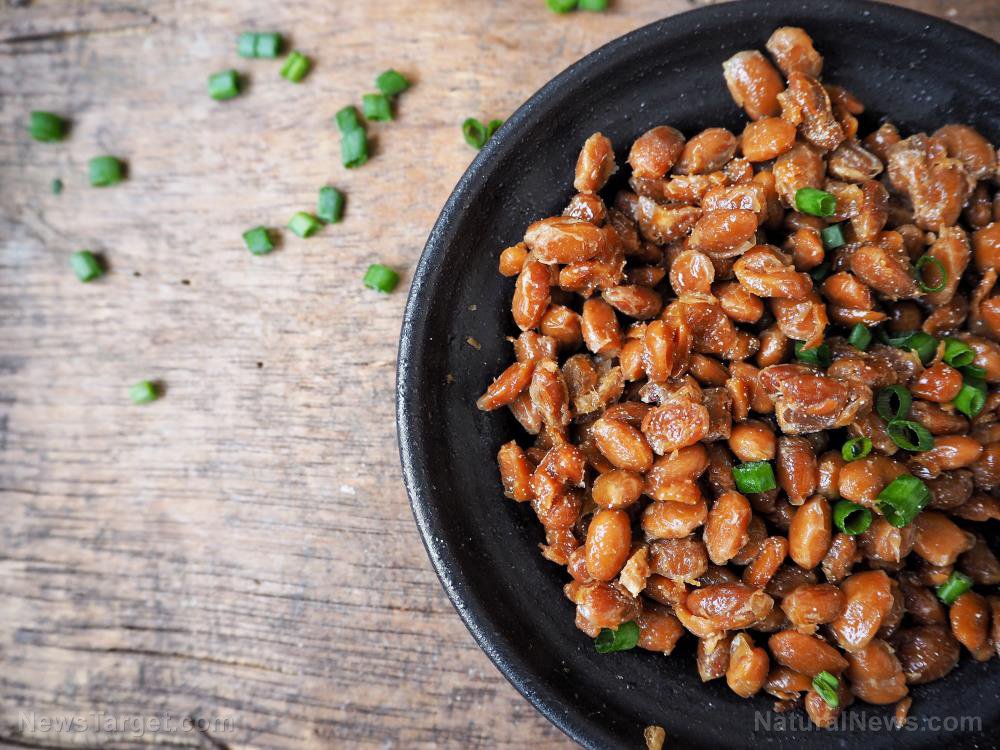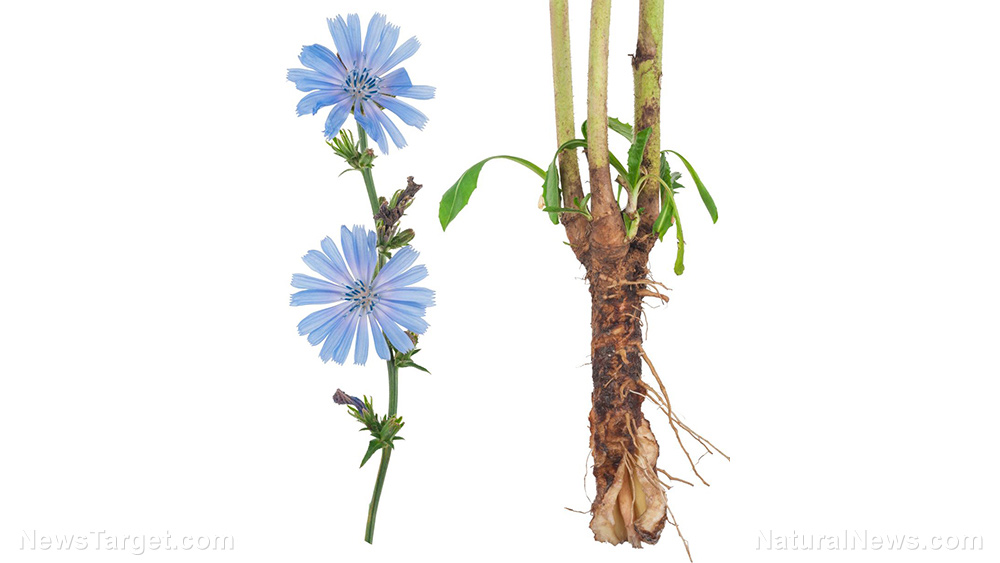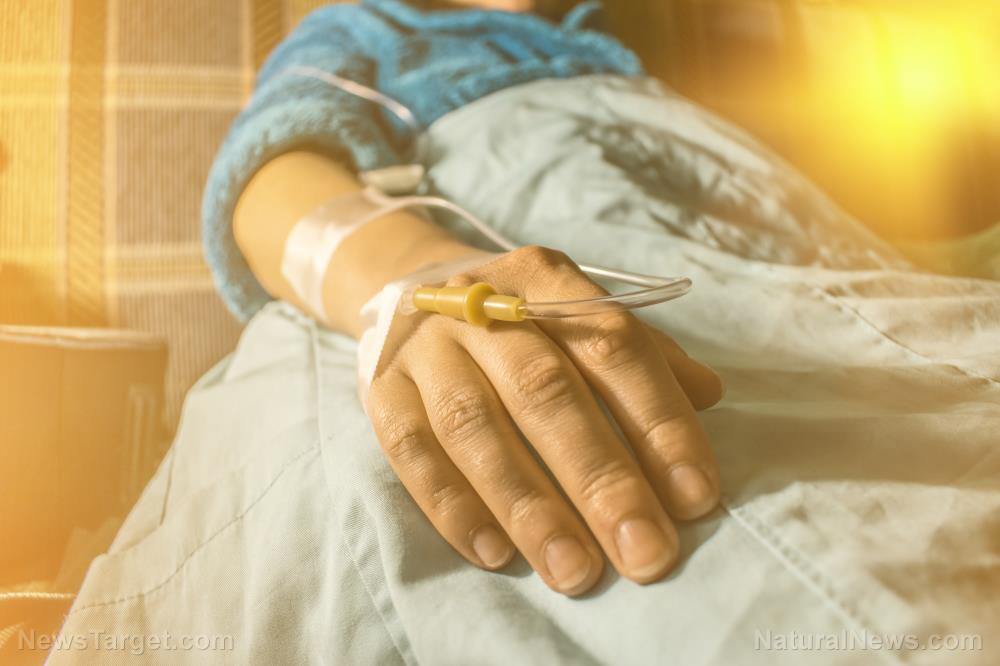Grown mostly as an ornamental plant, dwarf lilyturf shows powerful anti-inflammatory properties
10/19/2018 / By Zoey Sky
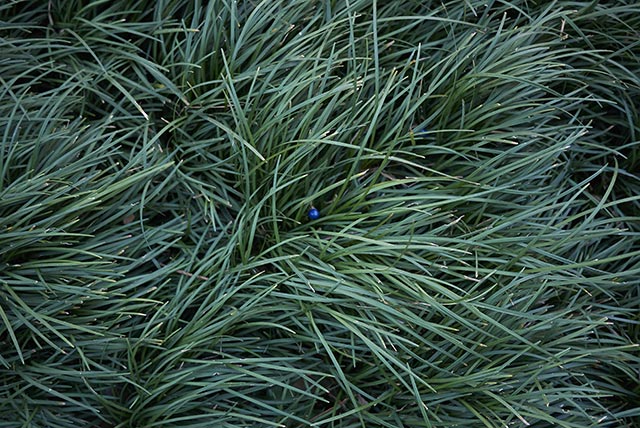
Often grown as an ornamental plant, dwarf lilyturf (Ophiopogon japonicus) is used as ground cover for landscaping. However, according to a study, the plant possesses anti-inflammatory properties that can be used for medicinal purposes.
Dwarf lilyturf is native to Southeast Asia, specifically in certain areas in China. In Traditional Chinese Medicine, the plant’s rhizome is considered the primary medical portion and it is used to treat inflammatory diseases. Dwarf lilyturf is considered a crucial nourishing-yin drug in traditional Chinese herbs with various bioactivities such as anti-aging, anti-cardiovascular diseases, anti-inflammation, anti-tumor, and immunoregulation.
In earlier phytochemical studies, it was determined that the rhizome of the plant had components like amides, homoisoflavonoids, monoterpene glycosides, and saponins.
For the study, the researchers set out to determined if dwarf lilyturf can be used as a natural remedy for inflammation, the biological response of tissue to protect itself against harmful stimuli due to either a biological or mechanical agent. Inflammation may also occur due to an abnormal autoimmune response. (Related: Anti-Inflammatory Food Diet: Include these Foods Now.)
Macrophages in dwarf lilyturf
Macrophages have an important role when it comes to “inflammatory response in the initiation, maintenance, and resolution of inflammation.” Macrophages have lipopolysaccharide (LPS), an endotoxin that triggers the release of various pro-inflammatory mediators like inducible nitric oxide synthase (iNOS) and inflammatory cytokines.
Mother Nature's micronutrient secret: Organic Broccoli Sprout Capsules now available, delivering 280mg of high-density nutrition, including the extraordinary "sulforaphane" and "glucosinolate" nutrients found only in cruciferous healing foods. Every lot laboratory tested. See availability here.
These mediators may include interleukin-1 beta (IL-1 beta) and interleukin-6 (IL-6), which have a major role in the pathogenesis of various inflammatory disorders. IL-1 beta and IL-6 also function as important biomarkers for the assessment of the inflammatory process.
Meanwhile, iNOS is a protein and its expression is controlled by the activation of NF-?B that is involved in the production of nitric oxide (NO).
Mitogen-activated protein kinases (MAPKs), such as extracellular signal-regulated kinases (ERK1/2), c-Jun NH2-terminal kinases (JNK) and p38, are critical to the regulation of the inflammatory response by mediators. The signaling pathways of MAPKs may result in the activation of NF-?B and induce expression of pro-inflammatory genes, like IL-1 beta, IL-6, and iNOS.
Earlier studies concerning the biological functions of dwarf lilyturf were often restricted to confirming the existence of antioxidant activities in vitro. Only a handful of studies have looked into the link between the bioactive elements of the plant and their anti-inflammatory properties. Literature has been unable to clarify any molecular mechanisms that are responsible for the anti-inflammatory activities of dwarf lilyturf.
In this study, the researchers made it their goal to isolate and identify the compounds taken from the plan. They also evaluated the anti-inflammatory activities of the compounds.
The researchers utilized various column chromatography to isolate the compounds in dwarf lilyturf. Once the compounds were isolated, they used nuclear magnetic resonance spectrum (NMR) and mass spectrum (MS) to identify the structures of the compounds.
Study findings identified 13 compounds:
- Ophiopogonanone E
- 4-O-(2-Hydroxy-1-hydroxyethyl ethyl)- dihydroconiferyl alcohol
- Oleic acid
- Palmitic acid
- desmethylisoophiopogononeB [5,7-dihydroxy-3-(4?-hydroxybenzyl)-8-methylchromoe]
- 5,7-dihydroxy-6-methyl-3-(4?-hydroxy-benzyl)-chroman-4-one
- 5,7-dihydroxy ?6-methyl-3-(4?-hydroxybenzyl) chromone
- 3-(2,4-Dihydroxybenzyl)-5-hydroxyl- 7,8-dimethoxy-6-methylchroman-4-one
- 5,7-dihydroxy-3-(4?-hydroxybenzyl) chromone
- 4?-O-Demethylophiopogonanone E
- Ophiopogonone D
- 5,7- dihydroxy-6-methyl-3-(2?,4?-dihydroxybenzyl) chroman-4-one
- Daucosterol
While twelve of these were already known compounds from dwarf lilyturf, 4?-O-Demethylophiopogonanone E was considered a new compound.
On the other hand, 4-O-(2-Hydroxy-1-hydroxyethyl ethyl)- dihydroconiferyl alcohol and 5,7- dihydroxy-6-methyl-3-(2?,4?-dihydroxybenzyl) chroman-4-one were isolated from the rhizome of the plant for the first time via this study.
The anti-inflammatory effects of thirteen compounds in LPS-induced RAW 264.7 macrophage cells were analyzed via these methods:
- Cell viability assay
- Enzyme-linked immunosorbent assay
- Nitric oxide assay
- Quantitative real-time PCR analysis
- Western blotting analysis
The researchers concluded that the new compound, 4?-O-Demethylophiopogonanone E, possesses anti-inflammatory properties that can hopefully be used as an herbal ingredient for the creation of medicine that can help treat various inflammatory diseases.
Fast facts on dwarf lilyturf
Dwarf lilyturf (Ophiopogon japonicus) is an ornamental plant that grows on damp ground in shady areas.
- It is also called mondo grass, monkey grass, and snake’s beard.
- The plant has white blooms and it blooms in early summer, late summer, and midsummer.
- Dwarf lilyturf is an evergreen perennial and it can grow to 0.3-by-1 m at a slow rate.
- The plant is suitable for light/sandy and medium/loamy soils.
- Dwarf lilyturf can grow in semi-shade/light woodland or no shade. It thrives in moist or wet soil and the plant can also grow in water.
You can learn more about research on dwarf lilyturf and other herbal remedies with anti-inflammatory properties at Science.news.
Sources include:
Tagged Under: alternative medicine, anti-inflammatory, blood pressure, cardiovascular diseases, dwarf lilyturf, heart attack, herbal medicine, Homoisoflavonoids, macrophages, natural cures, natural medicine, Ophiopogon japonicus, prevention, remedies, thrombotic diseases


